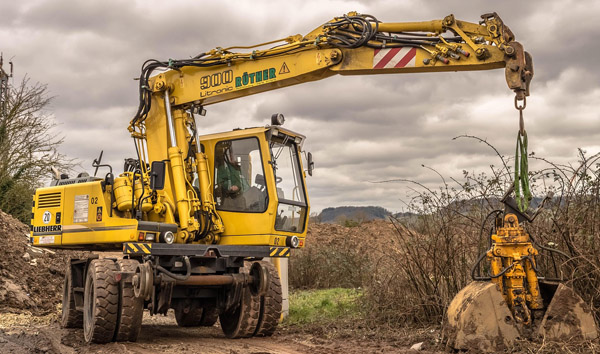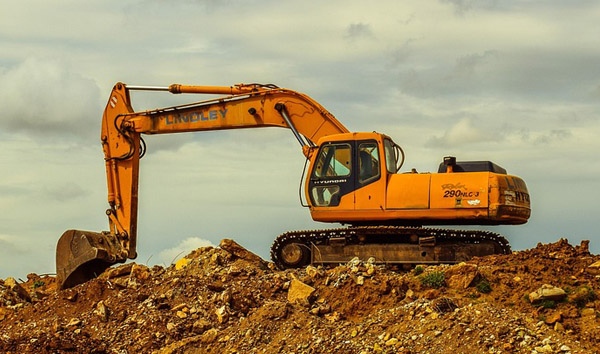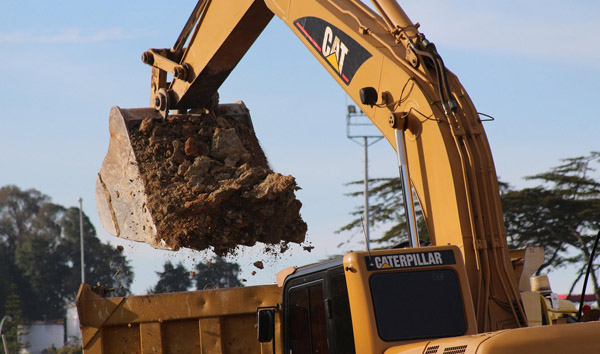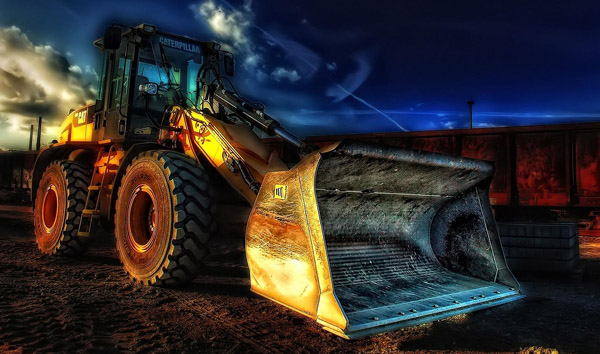Navigating the Capabilities of Modern All-Terrain Forklifts
2025-07-24 05:35:31
All-terrain forklifts are engineered to operate efficiently across uneven, rugged, and unstable surfaces, making them indispensable in construction, agriculture, and logistics. Key specifications include load capacities ranging from 3,000 to 12,000 kg, depending on the model, and lift heights extending up to 6 meters. These machines are equipped with robust tires—often pneumatic or solid rubber—to ensure traction on mud, gravel, and sand. Additionally, their articulated chassis design enhances maneuverability, allowing operators to navigate tight spaces without compromising stability.
Power sources for all-terrain forklifts vary, with diesel engines dominating the market due to their high torque output and fuel efficiency. Some newer models incorporate hybrid or electric powertrains to meet emission regulations, offering up to 8 hours of continuous operation on a single charge. The engine power typically ranges between 50 to 120 HP, ensuring sufficient performance for heavy lifting in challenging environments. Advanced cooling systems prevent overheating during prolonged use, while noise reduction technologies align with workplace safety standards.
One of the standout features of all-terrain forklifts is their advanced hydraulic systems, which enable precise load handling even on inclines up to 15 degrees. The mast tilt angles often range from 5 to 10 degrees forward and backward, enhancing load security. Furthermore, these forklifts incorporate dynamic stability control (DSC) systems, which automatically adjust weight distribution to prevent tipping. Industry data shows that models with DSC reduce workplace accidents by 30% compared to conventional forklifts.
Operator comfort and safety are prioritized in all-terrain forklift designs. Ergonomic cabins feature adjustable seats, intuitive control panels, and 360-degree visibility to minimize fatigue during extended shifts. ROPS (Roll-Over Protective Structures) and FOPS (Falling Object Protective Structures) are standard, complying with ISO 3471 and ISO 3449 safety certifications. Telematics systems are increasingly integrated, providing real-time diagnostics and GPS tracking to optimize fleet management.
In terms of market trends, the demand for all-terrain forklifts is projected to grow at a CAGR of 6.2% through 2028, driven by infrastructure development and warehouse automation. Leading manufacturers like JCB, Toyota, and Manitou are investing in AI-assisted operation and autonomous capabilities to enhance productivity. When selecting an all-terrain forklift, buyers must evaluate specifications such as load capacity, terrain adaptability, and fuel efficiency to match their operational needs. These machines represent a critical investment for industries requiring versatile material handling solutions.














